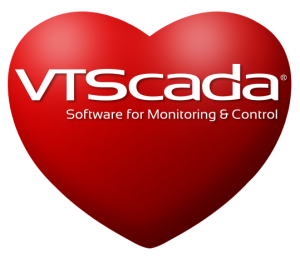VTScada Used to Model Human Heart
Did you know that the unique power of VTScada is used to model the neurons within the human heart to better understand heart disease? While you may know that the “heart” of VTScada is a powerful event-driven engine that permits application scalability and responsiveness, we expect you may not know all of its capabilities. For more news on this subject, please read the abstract and thesis of Kory Hardiman in his work with Dalhousie University using the language powering VTScada as a framework to model the neural network of the human heart to better understand arrhythmia, a leading cause of sudden cardiac death.
Sequential Versus Event-Driven Control Networks:
The Effects Of Order Of Operation With Examples From Biology
by Kory A. Hardiman
ABSTRACT
“This thesis provides a comparison between sequential and event-driven network simulation outcomes for biological control networks. A comparison is made between the effects of order of operation on these networks based on the two models. The sequential network model provides a serial processing approach using the Java programming language. The event-driven network model is executed using software manufactured by Trihedral Engineering Limited, called Visual Tag System (VTS). The thesis first describes any research completed in this area to date. Next, the thesis provides a detailed explanation of the mathematical model of the two different networks (sequential and event-driven) and the simulation strategies employed to obtain results. This is followed by a detailed analysis of the simulation outcomes. In addition, the models for sequential and event-driven both consider network plasticity and neural plasticity. Phenomena such as an ischemic event (heart attack) and the idea of twins’ neural responses are examined.”
Read the entire thesis by Kory Hardiman: http://dalspace.library.dal.ca/bitstream/handle/10222/53132/Hardiman-Kory-MSc-ENGM-July-2014.pdf?sequence=1
